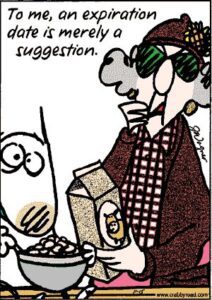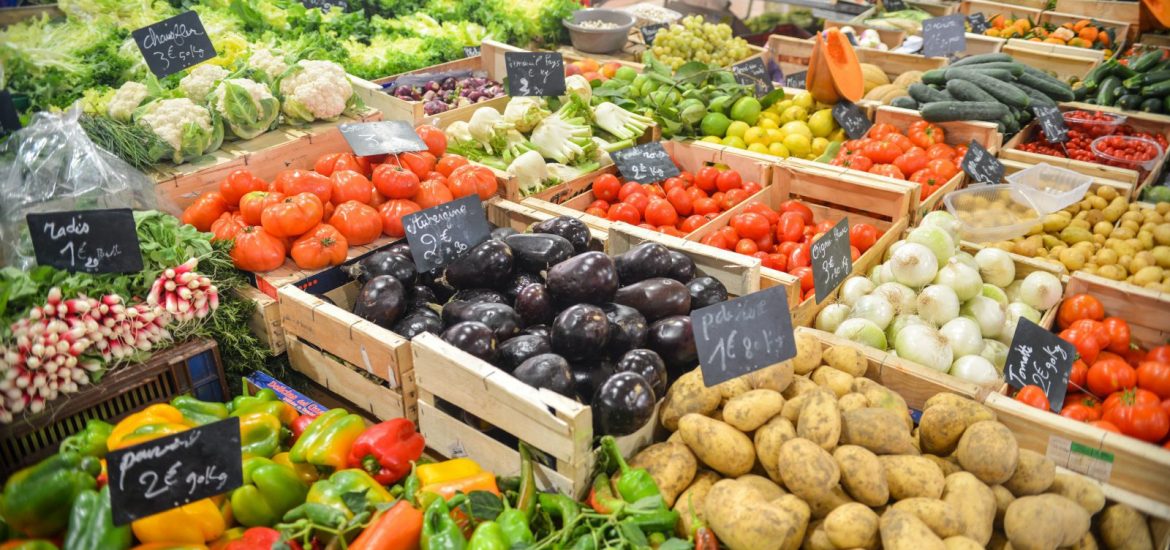Today’s blog post was written by High Tech Middle Media Arts 6th grader, Kaiya. Kaiya’s class studied the impact that humans have on our local water resources and their contribution to food waste on a global scale. The students looked into water and food waste issues locally, statewide, nationwide and globally. The class hopes to educate the local community about waste and pollution issues and inspire change.

Have you ever wondered how expiration dates work? Wondered how important they are? Well, I certainly did. So to those who still do, let me explain.
Let’s start with a short history lesson. Expiration dates were introduced in 1950 at a store called Marks & Spencers. It wasn’t until 1970 when “Sell By” and “Best By” tags were added to most supermarkets. Now that our history lesson has concluded, let’s get to the interesting stuff!
Expiration dates aren’t supposed to show a fruit’s edibility, but the fruit’s “peak quality”; not when it’s expired. It’s because of this common misconception that people discard perfectly good food! So actually, expiration dates are optional. They are suggestions meant to assist. It’s more important to know your food and to simply throw it out because of the expiration date.

Well, how and why were they made?
Americans discontinued making their food, but still wanted to be informed about how it was made. This caused the creation of expiration dates. The facilities did tests on fruit, seeing how long they usually lasted. The most common result would become its “expiration date.”
We are wasting food.
When shopping for fruits, people are usually attracted to the apple that has the least bruises, causing an unnecessary amount of food waste. The food that’s wasted converts to a brown lump and produces a white puss. That’s mold. Mold should be thrown out, but if it’s just brown, it should be fine. Brown spots on fruit are sugar spots, meaning they amplify the flavor. They are perfectly safe to consume, but if it’s a blob of brown, you should throw it away. These spots are discovered on bananas when they continue to ripen, due to ethylene. Supermarkets tend to throw away brown fruit because it doesn’t sell. Food is wasted for no reason.

Why do they become brown?
Brown fruit is oxidized fruit, meaning that air made them turn brown. Brown fruit is still edible! Apples turn brown in recently bitten parts. The brown on parts on apples reduce taste, but it can still be consumed.
Is there anything I shouldn’t eat when expired? Yes. Infant formula loses its nutrients passed its expiration date. Expired deli meats give you food poisoning, as well as eggs. Dairy gets bacteria buildup when it expires, so it also shouldn’t be consumed.
What moldy food can I eat?
Cheese increases in value when moldy. It tastes more flavorful, which makes a higher profit when sold. However, only specific types of cheese are edible with mold. Cheddar, Colby, Parmesan, and Swiss should be fine to consume. Other soft cheeses like cottage cheese, cream cheese, and ricotta cheese with mold should be discarded.
About the Author
Kaiya is a 6th grader at HTMMA. Her blog was democratically selected by her peers to be featured on I Love A Clean San Diego’s website. Her work will be exhibited alongside other students at a community beach cleanup coordinated by the HTMMA students.


